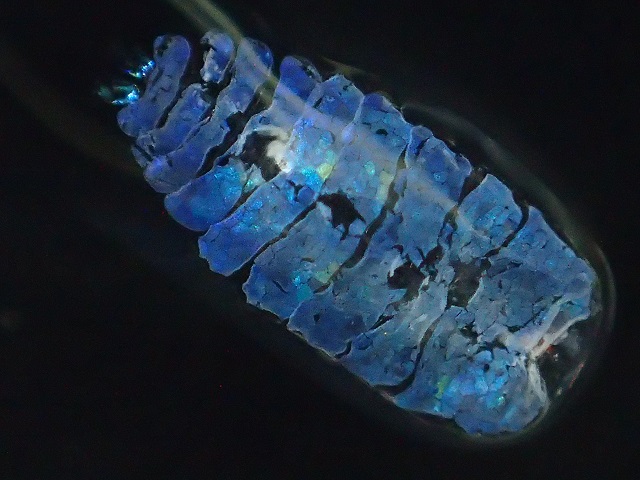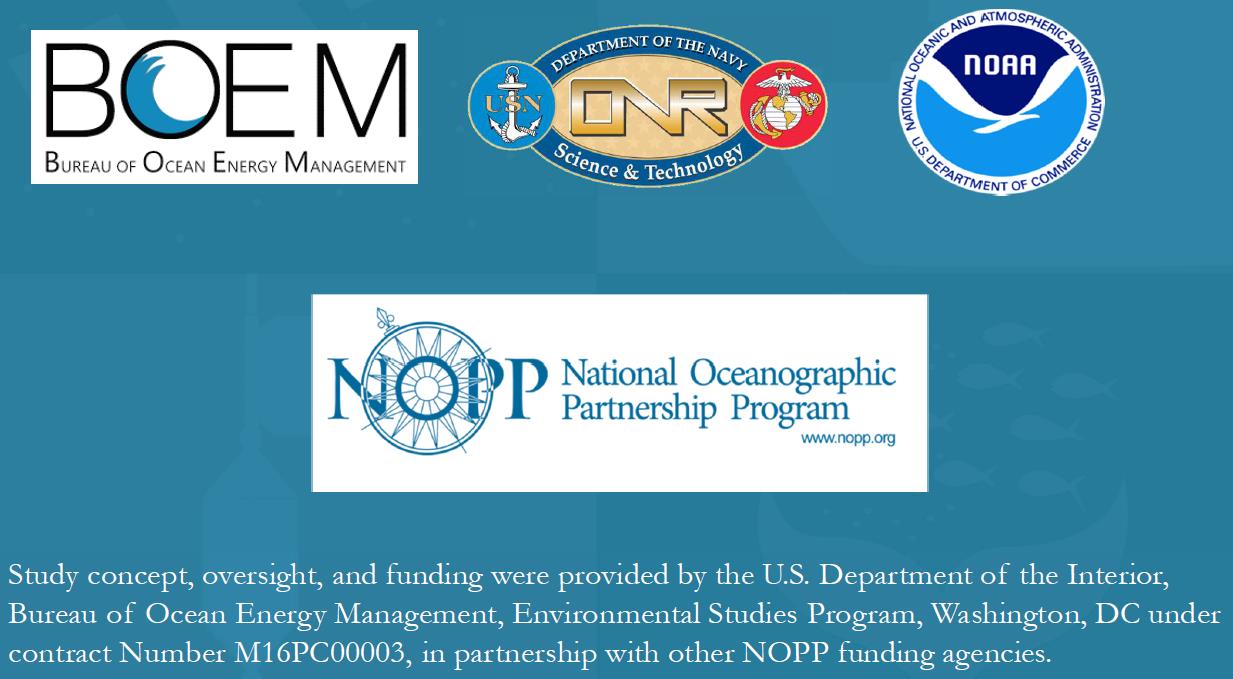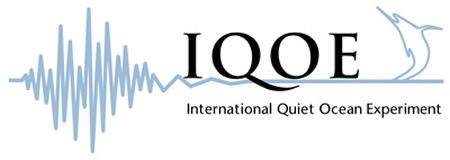The animals we find, big or microscopic, are always interesting finds. We have been finding some awesome deep-sea creatures in our tows! I am tasked with helping identify copepods, a very small crustacean that is abundant in the water column. Honestly, I don’t have a background in copepods, or any zooplankton; I have a degree in marine vertebrate biology. Copepods certainly don’t have vertebra, but nevertheless I am up for the challenge. The hardest part of identifying these animals is their size. They are about a millimeter long, and if you aren’t looking for them, you would probably not realize they are there. We get them in our bongo nets, as they are too tiny for the IKMT nets and usually just pass through the mesh. We have gotten a few species of copepods so far, and one of the coolest ones is of the Candacia spp. What was so exciting about identifying it was that we actually haven’t seen it before, so it was like a fun treasure hunt to figure out what it was. I was also able to tell its gender from the photo since we got such a great specimen. On the genital segment, there is a spike, shown in the photo below, and that means it’s a male copepod!

Another cool copepod we found was in the genus Rhincalanus. This long, slender copepod is easily identified by the pointed structure on the most anterior part of the cephalosome, which is the “head” of the copepod. You can see the structure in the photo, above the red eyespot.

Our tows get all sorts of interesting things in them. We had this iridescent animal in tows before that we originally thought was a fish scale or photophore, but realized it was an animal. We thought isopod first, but after doing a little research and digging through copepod identification keys, we discovered it’s a Sapphirina sp.



